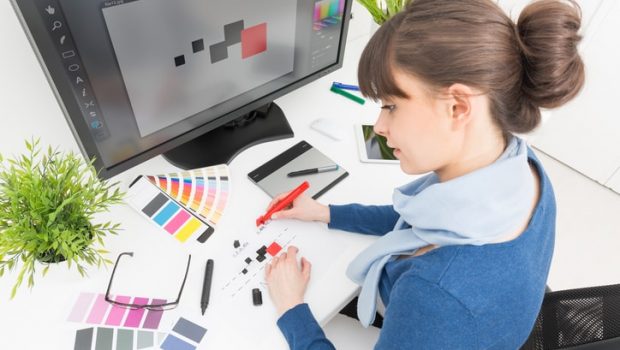By
When you need a stock image for your graphic or web design, Adobe Stock is the place to turn. Integrated seamlessly into the Creative Cloud, it provides you with access to millions of high quality photographs and illustrations, not to mention templates, vectors, video footage and more.
But even if you’re already using Adobe Stock on a regular basis, you may well be missing a trick or two, that could save you a serious amount of time and energy.
Read on as we highlight some of the less-obvious uses for Adobe Stock that you may not have considered. And if they inspire you, then why not take out a one-month free trial to Adobe Stock?
01. Visual inspiration

Adobe Stock is a stride ahead Google Images when it comes to visual inspiration
Right at the start of a project, when you’re still thinking loosely about concepts and ideas, it’s natural to go looking for inspiration. And for most people, Google Images is often the default.
But think about it: the images you’ll find there are going to vary hugely in quality, while on Adobe Stock there are millions of consistently high quality, professionally created photos, illustrations and videos to inspire you and give you fresh visual ideas. So you’re far better off using the sophisticated search filters provided by Adobe Stock, and seeking out visual inspiration there instead!
02. Website mockups and wireframes
The main aim of a digital mockup or wireframe is to get the functionality right, and make sure that the site or app can fulfil the needs of the user in a fast and efficient manner.
For this reason, they’re often created as “bare bones” designs, with zero imagery, and that approach can be appropriate when you’re just working on things in-house. But once you get to getting sign-off from stakeholders and clients, it can be worth using some of the high quality stock photography or illustrations available on Adobe Stock to make it look a little nicer and more approachable.
Because however much you ask people to “see past” the lack of visuals, it’s often a psychological hurdle that non-designers find difficult to navigate.
And the best news is, if you don’t want to spend any money, you don’t have to. You can use watermarked versions of any Adobe Stock image in your designs, and you only have to pay once you’ve got sign-off. If you don’t use them, you don’t pay: simple!
03. Social media campaigns

Adobe Stock saves you time by letting you search for pics of a certain shape (in this case, square)
From Facebook and Twitter to Instagram and Snapchat, there’s so much noise on social media these days that attracting people’s attention with a brand campaign is a tough ask.
But one thing’s for sure: the brain processes pictures far more quickly than words, and so powerful and eye-catching images are key to attracting those eyeballs.
A small investment in the high quality photography and illustrations that Adobe Stock can provide, then, will pay off handsomely when it comes to clicks and likes.
And not only are you free to crop the images you license to whatever shape and size you need, but you can even save yourself time by, for example, searching for only square, horizontal, vertical or panoramic images.
04. Moodboards
The moodboard is a time-honoured tool in conveying the mood and spirit of a proposed campaign, and getting approval from clients and stakeholders before you head too far down the wrong path.
To create one, many people often just scrape images from Google, because while this is technically copyright infringement, in practical terms they’re unlikely to ever get sued for it.
However, legal issues aside, it’s worth considering using images from Adobe Stock instead. After all, they’re available in high resolution, so will look much better blown up at size. Plus the millions of high quality images available, in combination with sophisticated search filters, means that you’ll be much more likely to find the right images to bring your moodboard to life.
05. Email newsletters
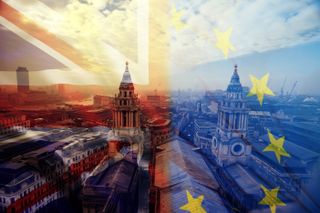
UK flag, EU flag and St. Paul Cathedral by erika8213
The email newsletter seen a massive resurgence in recent years. Perhaps as a reaction to the amount of noise on social media, people seem to like like the idea of a regular, curated and above all, short summary of what they need to know about a certain subject.
In some cases, they’re even willing to pay for this service, and some people now make their living entirely based on producing a must-read email newsletter.
Whether your newsletter is paid-for or free, though, success isn’t guaranteed, though. You have to produce one kick-ass newsletter if you’re going to succeed in this busy marketplace.
And so here again is an arena where the right images can play a key role. Liven up your email newsletter with some high quality imagery from Adobe Stock, and – as long as the content is equally high quality – your sign-ups and open rates should soon start to climb.
06. Your blog
If you’re writing a personal blog or the official blog for your design studio, imagery is again a great way to lure people in.
Most of the time you’ll probably want to use killer images from your latest design work, but that may not always be possible. The client may not have given permission, for example. Or perhaps there aren’t great visuals from the work to show (if your work was in the field of strategy, or web development, for example).
In such cases, don’t just leave a blank, or post an uninspiring image. Think outside the box, and search Adobe Stock for images that represent the theme of the story instead. For example, if you’ve has been invited to sit on a government panel to discuss how the creative industry should respond to Brexit, you might want to use the image above to highlight your news.
07. A/B testing

Want variations on this pic? Click here, then scroll down to ‘More from this series’
A/B testing is about serving up two versions of a web page, Facebook ad, etc, to your audience and seeing which one leads to the most conversions. Given the importance of imagery, it’s often useful to test different lead images, to see which one leads to the best results.
The good thing about Adobe Stock is that there are often images from the same photoshoot, which means you can choose between small variations on the same image. This makes Adobe Stock ideal for when you really want to nail down the perfect image to help your website conversion rate.
08. Your personal videos
Most video professionals will know about Adobe Stock’s motion design templates, which allow you to add cool effects, titles, transitions and more to your projects with very little effort. But they’re so simple to use that anyone can use them for their own personal videos too. Especially as many of them are free!
To see how easy it is to use Adobe Stock’s motion design templates without any training, check out our tutorial on how to add wow to your holiday videos.
09. Your wedding stationery
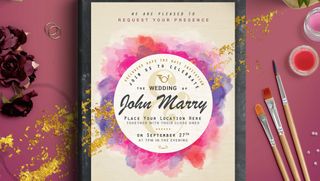
Planning a wedding? Adobe Stock can help here, too! It has an amazing range of top quality templates for your wedding designs that are fully customisable within Photoshop, Illustrator and InDesign.
From designing your invitations and ‘save the date’ cards through to menu designs and thank-you notes, Adobe Stock has you covered: find out more in our article 5 ways Adobe stock templates can help with your wedding planning.
10. Your Christmas cards
Finally, Christmas is approaching, you’re a designer so why not design your own bespoke Christmas cards? It’s a great way to delight a client or potential client, and make sure they remember you. Or alternatively, you might just want to put a smile on the face of a friend or family member.
To find out how Adobe Stock can make this quick and easy, check out our tutorial on How to Design a Christmas card with Adobe Stock and InDesign.




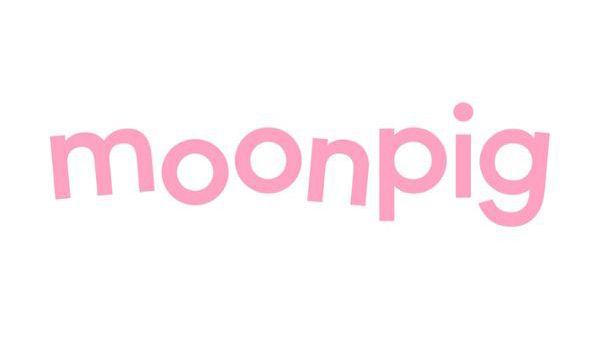
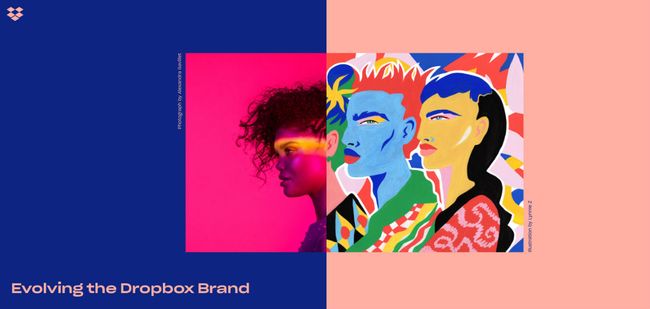






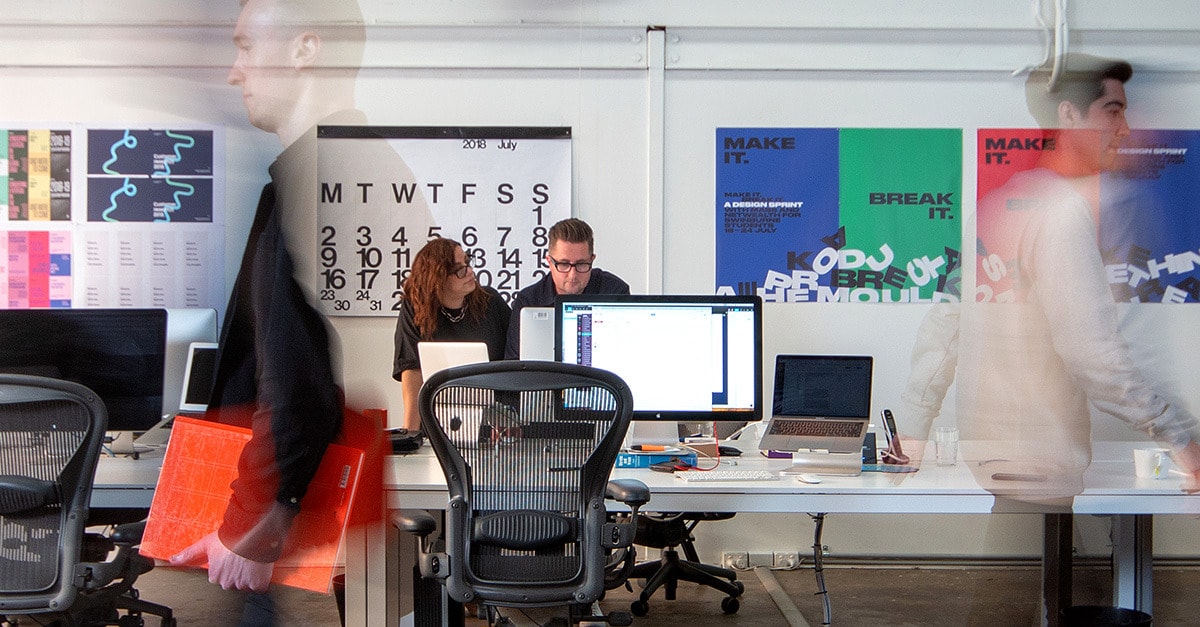


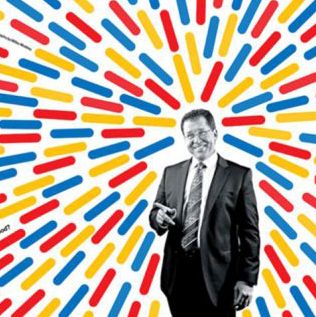


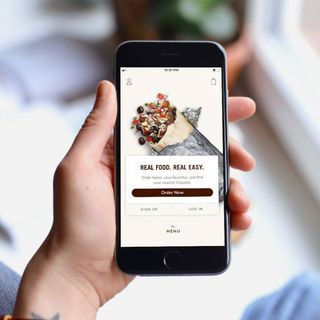
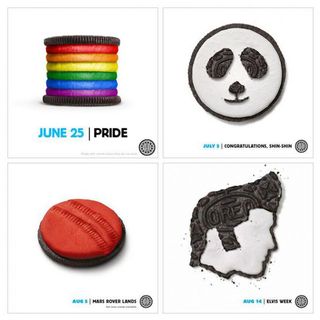
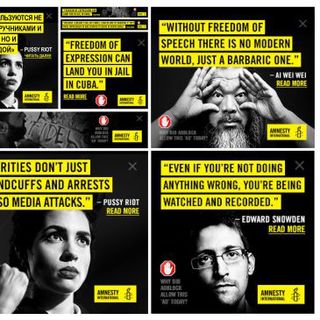
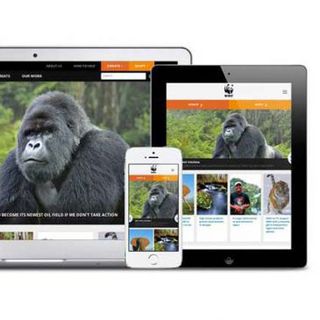
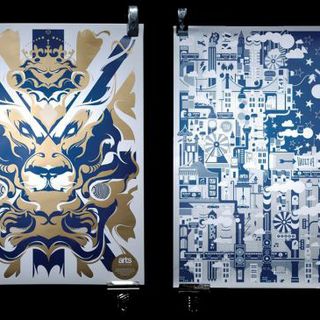



.jpg)

.jpg)
.jpg)
.jpg)
.jpg)
.jpg)
.jpg)
.jpg)
.jpg)
.jpg)
.jpg)
.jpg)
.jpg)
.jpg)
.jpg)
.jpg)
.jpg)
.jpg)
.jpg)
.jpg)
